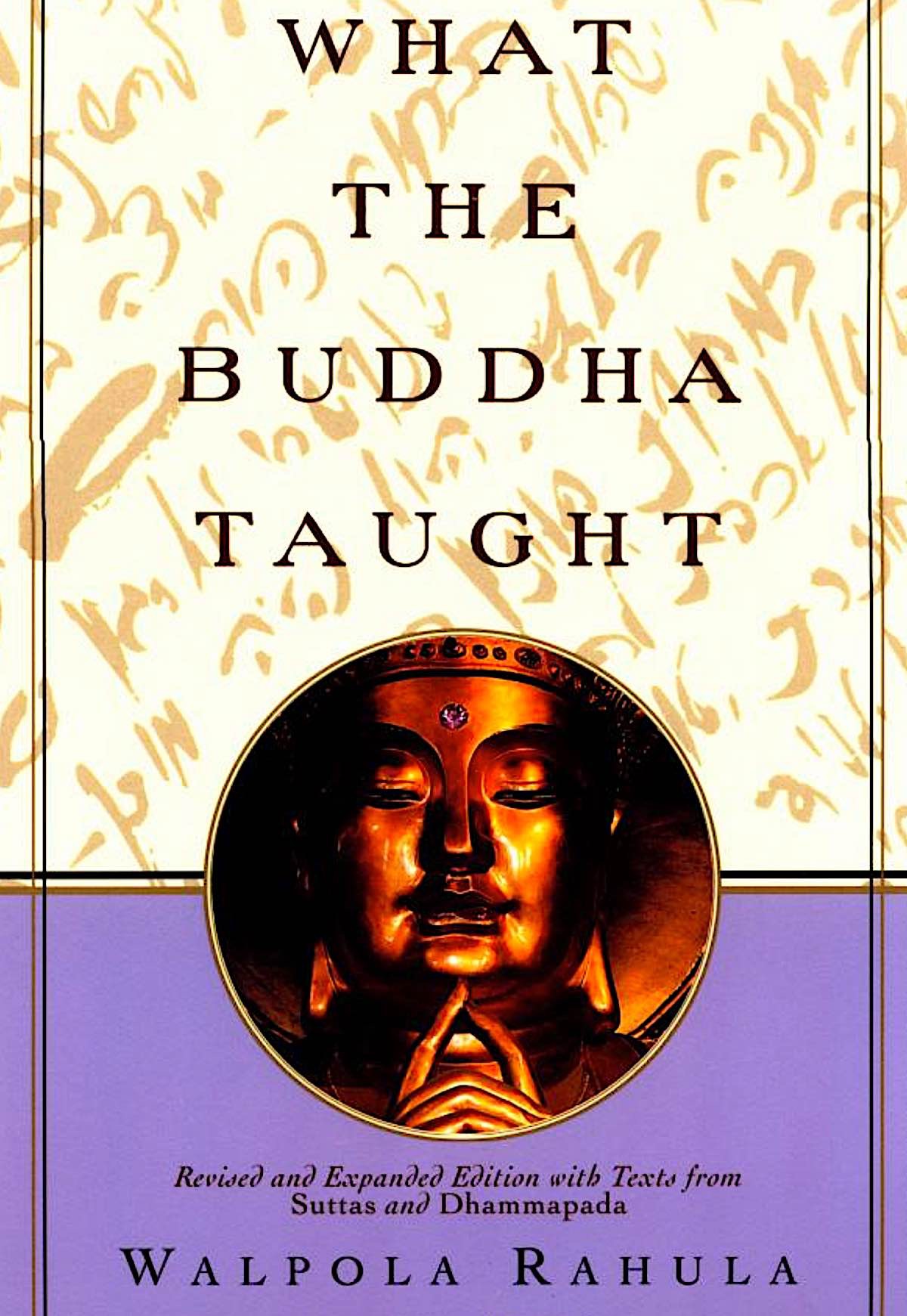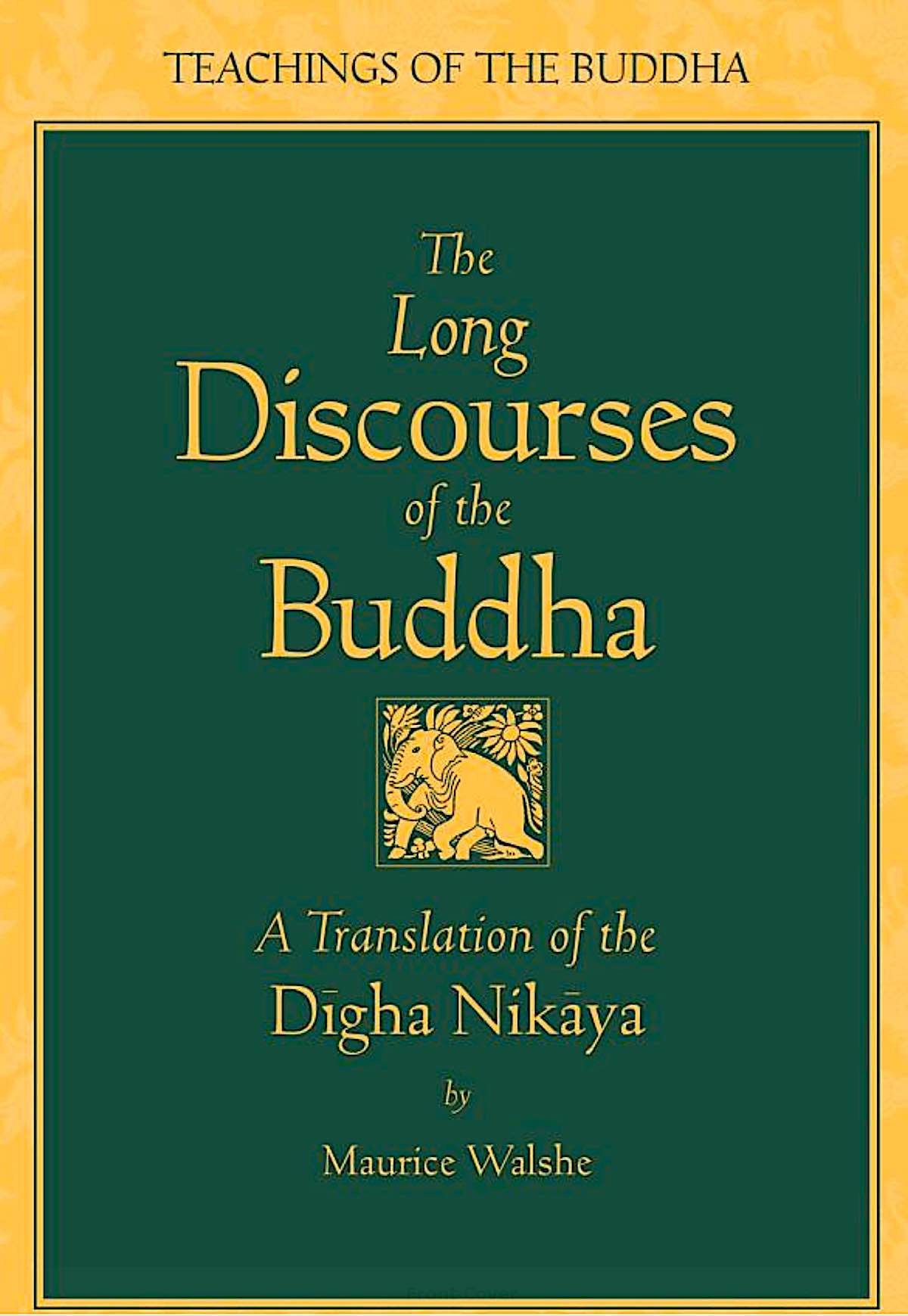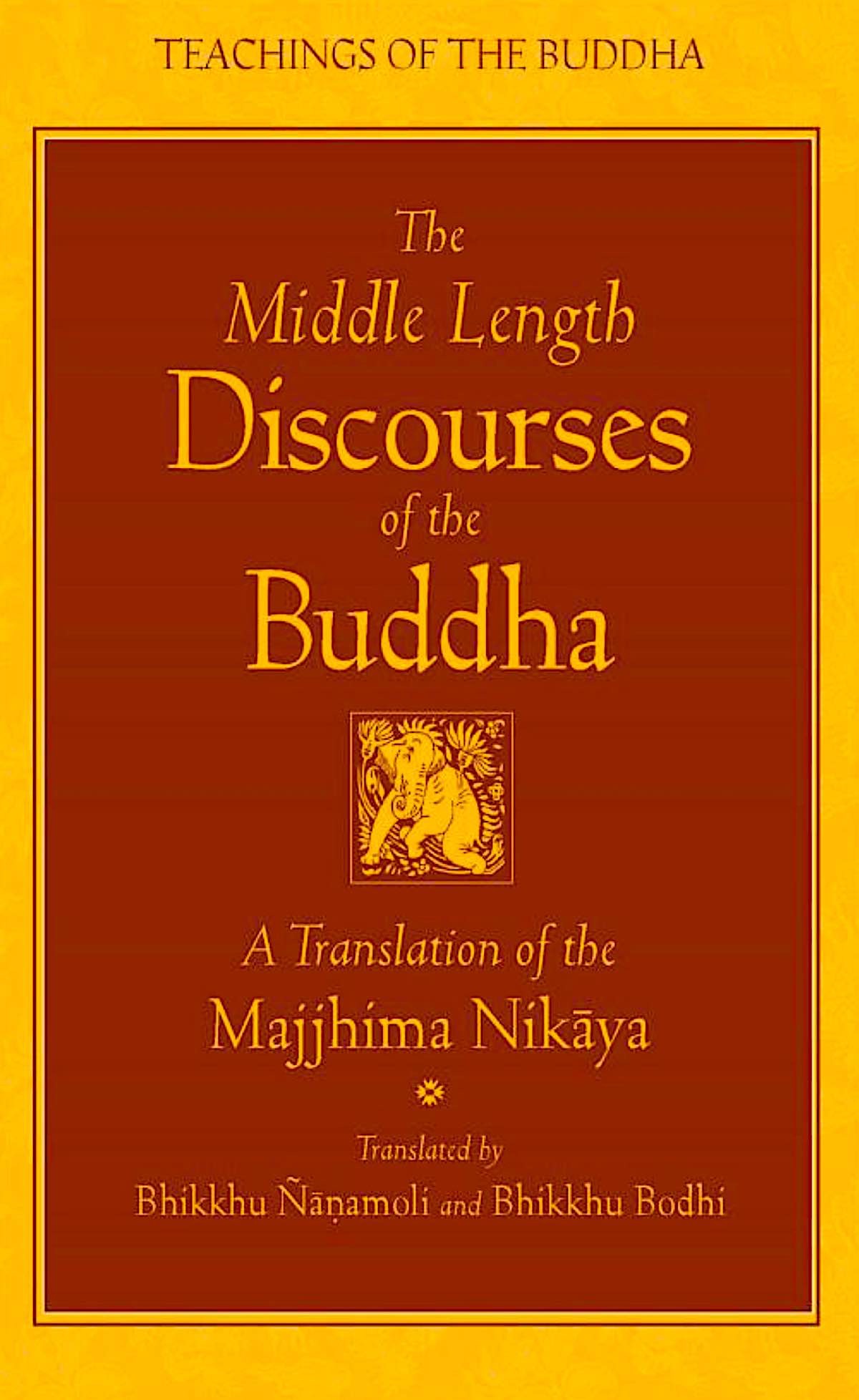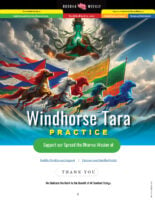The best Buddhists Books and Texts for Beginners
What are the Buddhist books or texts a beginner should read to know more about Buddhism?
It is a frequently asked question, and this article contains 9 books that explain the basics of Buddhism — from the point of view of different traditions — as well as some of the more in-depth topics. [ISBNs and Amazon links in NOTES at bottom of feature.] [Editors Note: Tibetan Buddhists should consider the various Lamrim teachings from Lama Tsongkhapa and other great teachres.]
By Paul Bonea
(of HastyReader.com)
Introductory and beginner books on Buddhism
While it may seem a bit backwards, the easier way to learn about Buddhism is to first start with modern introductory books on Buddhism and only then move on to the source texts of the Pali Canon and the Sutta Pitaka.
Introductory books break down the most important concepts of Buddhism, explain why they are relevant and will help you form a mental map of how all of the different Buddhist concepts fit together and their interactions. They also helps because the Pali Canon isn’t organized to be beginner friendly.
Once you have a basic grasp of the concepts, consider going through the Sutta Pitaka at your own pace, and with the topics you find most enjoyable or interesting.

What the Buddha Taught by Walpola Rahula
 This is probably the most widely read introductory book about Buddhism. It is very short and very clear, coming in at around 100 pages, depending on font size and formatting. It describes the most important Buddhist concepts, namely the Four Noble Truths, the Buddhist mind, the Noble Eightfold Path, meditation and more.
This is probably the most widely read introductory book about Buddhism. It is very short and very clear, coming in at around 100 pages, depending on font size and formatting. It describes the most important Buddhist concepts, namely the Four Noble Truths, the Buddhist mind, the Noble Eightfold Path, meditation and more.
If you know nothing about Buddhism, this is the book to start with. It will help you make a mental map of Buddhism, which you can then use to navigate around and then figure out what you would like to read next. Alternatively, you can also use it to dip your fingers in the water and see whether or not Buddhism is for you.
Either way, you won’t be wrong with this one. [1]
With Each and Every Breath by Thanissaro Bhikkhu
 Meditation is an important practice for Buddhists because it strengthens and calms one’s mind, but also helps the Buddhist in their path towards enlightenment and Nirvana.
Meditation is an important practice for Buddhists because it strengthens and calms one’s mind, but also helps the Buddhist in their path towards enlightenment and Nirvana.
Summarized in a few words, With Each and Every Breath is a guide book to meditation. The foundation is built upon the teachings of the Buddha, as well as the work of a subsequent Buddhist that better developed some of the condensed teachings of the Buddha.
What makes this book stand apart from others is how easily accessible it is, and also its focus on breath meditation, called anapanasati.
Besides the end goal of enlightenment and nirvana, breath meditation helps the practitioner in their daily life by achieving a state of mindfulness. This alone makes it a useful practice to master, even for people who do not want to fully invest in knowing all the intricacies of Buddhism. [2] [May be out of print, but availabel in libraries or used.]
Mindfulness in Plain English by Henepola Gunaratana

Mindfulness in Plain English is another book that focuses on meditation. It’s among the most well-known introductory Buddhist books, and for good reason. It elegantly combines both the “why” you should meditate and the “how” to do it. With his engaging writing style, the author explains all the moving parts involved in meditation, theory and practice alike.
If With Each and Every Breath centers on breathing meditation and techniques behind it – anapanasati -, Mindfulness in Plain English takes it one step further in seeking vipassana.
In Buddhist thought, vipassana is the gift of seeing the true nature of reality and how everything interacts with one another.
Anapanasati itself is divided into 16 stages, and in each stage the meditator achieves a higher form of self-awareness and control. Vipassana are the final stages of the anapanasati meditation. Thus, vipassana and anapanasati are not separate, but one is the pinnacle of the other. [3]
Eight Mindful Steps to Happiness: Walking the Buddha’s Path by Bhante Henepola Gunaratana
 The title does sound very much like a random self-help article from the Huffington Post, so it’s understandable if you’re skeptical after reading it. Fortunately, the actual contents of the book are very serious, well structured, explained and thought out.
The title does sound very much like a random self-help article from the Huffington Post, so it’s understandable if you’re skeptical after reading it. Fortunately, the actual contents of the book are very serious, well structured, explained and thought out.
In Buddhism, each person is trapped in a painful life, death and rebirth cycle called samsara. The aim of Buddhism is for the individual to exit this painful cycle of suffering by achieving nirvana.
To end the cycle of samsara and achieve nirvana, one must follow a process called the Noble Eightfold Path, which is one of the most central concepts in all of Buddhism.
Eight Mindful Steps to Happiness uses the Noble Eightfold Path as its intellectual foundation, and then builds upon each Path with real, practical advice to apply in day-to-day life.
One of the words that is very often found in this book is skillful and that is not by chance. After a certain point, living a good life requires extensive skill and this book explores how to be skillful in your judgement, your relationships with friends, anger management and more. [4]
The Tibetan Book of the Living and Dying by Sogyal Rinpoche
 As the name implies, this book is written in the Tibetan tradition of Buddhism, namely Vajrayana. It is heavily centered around the life, death and rebirth cycle, and explains the processes behind it at the level of a beginner reader.
As the name implies, this book is written in the Tibetan tradition of Buddhism, namely Vajrayana. It is heavily centered around the life, death and rebirth cycle, and explains the processes behind it at the level of a beginner reader.
At its core, it explains what the mind goes through after death and how the experiences can either lead to liberation or rebirth and how to correctly navigate through these experiences.
Many of the topics talked about in the book are central to Buddhism such as: impermanence, the mind and its true nature, meditation, karma and reincarnation, what happens at the moment of death and more.
For Western readers accustomed to the Platonist tradition of philosophy and it’s uncertain approach to what lies beyond life, The Tibetan Book of the Living and Dying offers a different perspective with a weight of its own. [5]
The Eight Gates of Zen by John Daido Loori
 Zen Buddhism is probably the most well-known branch of Buddhism in the Western world, and what many people associate with Buddhism in general.
Zen Buddhism is probably the most well-known branch of Buddhism in the Western world, and what many people associate with Buddhism in general.
Zen Buddhism is a subschool of Mahayana Buddhism that first appeared in China. It combines traditional Buddhist ideas with ones found in Chinese philosophy such as Taoism.
The word “Zen” has been heavily distorted since it was popularized in the West. The origin of the word can traced from the Indian word “dhyana”, which entered Chinese vocabulary as “chan”, pronounced as “zen” in Japanese. In all cases, the world is translated as “meditation”.
What makes Zen different from other forms of Buddhism is how it builds upon the process of meditation. Most notably, it introduces unsolvable riddles and thought exercises called koans.
The purpose of these koans is to refocus the mind on the koan, thus calming and relaxing it.
Koan meditation and other aspects of Zen are covered in The Eight Gates of Zen. It is an excellent introductory book for Zen Buddhism, and is friendly to Western preferences given how the author himself was from the west. [6]
Canon Buddhist texts and writings

As mentioned earlier, the actual teachings of the Buddha are contained in a collection called the Sutta Pitaka. The Sutta Pitaka itself is then divided into 5 volumes, or nikayas, which are organized based on the length of the discourses.
Out of the 5 nikayas, the long and medium length discourses are much more beginner friendly. The other three volumes are themselves important reading, but they tackle topics that are more technical in nature and are very repetitive.
The best time to approach them is when you feel you have a more solid understanding of the basics but still have some lingering questions.
In the Buddha’s Words curated and translated by Bhikku Bodhi
 Everything contained in this book is directly selected then translated from the Pali Canon and aimed at beginner Buddhists who would like to read source texts, but don’t quite know where to start.
Everything contained in this book is directly selected then translated from the Pali Canon and aimed at beginner Buddhists who would like to read source texts, but don’t quite know where to start.
In other words, this book contains the translated version of Buddha’s Greatest Hits, as chosen by Bhikku Bhodi.
Besides the quality of the translation and writing, one major plus of this book is that Bhodi has neatly organized all of the selected writings into themes. Thus, when a user reads the books, all of the concepts fall in place and click together. This is especially useful since the suttas themselves don’t have a particular order. [7]
Digha Nikaya: The Long Discourses of the Buddha
 This book contains the 34 long discourses / suttas of the Buddha, which cover varied and extensive topics such as morality, concentration, wisdom, the final days of the Buddha, dependent origination, the causes of wrong views and many more subjects.
This book contains the 34 long discourses / suttas of the Buddha, which cover varied and extensive topics such as morality, concentration, wisdom, the final days of the Buddha, dependent origination, the causes of wrong views and many more subjects.
Some of the more popular suttas are:
- Digha Nikaya 22, which places emphasis on meditation, and why mindfulness is a critical component of eliminating suffering and as a path to enlightenment.
- Digha Nikaya 15 develops the concept of dependent origination. [8]
Majjhima Nikaya: The Middle Length Discourses of the Buddha
 The Majjhimma is significantly longer than the Digha Nikaya (roughly twice the page count) and contains the middle length discourses of the Buddha.
The Majjhimma is significantly longer than the Digha Nikaya (roughly twice the page count) and contains the middle length discourses of the Buddha.
When it comes to the actual contents however, it can be argued that the Majjhima is the most interesting of all the nikayas, at least when it comes to its literary value (if not also the philosophical value).
It contains 152 suttas and are much practical and down to earth than the longer discourses in the Digha Nikaya. In the Majjhima, the Buddha interacts with people from all walks of ancient Indian society: princes, kings, peasants, philosophers.
To top it all off, this version of the Majjhima is very readable thanks to an excellent translation by Bhikku Bodhi, a man fluent in English, the Pali language, Buddhism and writing talent. [9]

NOTES
[1] What the Buddha Taught by Walpola Rahula Paperback: 151 pages Publisher: Grove Press; Revised ed. edition (1974) Language: English ISBN-10: 0802130313 ISBN-13: 978-0802130310
[2] With Each and Every Breath Paperback Publisher: Thanissaro Bhikku (2012) ASIN: B017DM65TM
[3] Mindfulness in Plain English by Henepola Gunaratana Paperback: 224 pages Publisher: Wisdom Publications; Anniversary edition (September 6, 2011 Language: English ISBN-10: 0861719069 ISBN-13: 978-0861719068
[4] Eight Mindful Steps to Happiness: Walking the Buddha’s Path by Bhante Henepola Gunaratana Paperback: 288 pages Publisher: Wisdom Publications (June 15, 2001) Language: English ISBN-10: 0861711769 ISBN-13: 978-0861711765
[5] The Tibetan Book of the Living and Dying by Sogyal Rinpoche Paperback: 444 pages Publisher: HarperSanFrancisco; 1st edition (June 26, 2012) Language: English ISBN-10: 0062508342 ISBN-13: 978-0062508348
[6] The Eight Gates of Zen by John Daido Loori Paperback: 304 pages Publisher: Shambhala; 1 edition (September 10, 2002) Language: English ISBN-10: 1570629528 ISBN-13: 978-1570629525
[7] In the Buddha’s Words: An Anthology of Discourses from the Pali Canon (The Teachings of the Buddha) Series: The Teachings of the Buddha Paperback: 512 pages Publisher: Wisdom Publications; First Printing edition (July 28, 2005) Language: English ISBN-10: 0861714911 ISBN-13: 978-0861714919
[8] The Long Discourses of the Buddha: A Translation of the Digha Nikaya (The Teachings of the Buddha) Series: The Teachings of the Buddha Hardcover: 648 pages Publisher: Wisdom Publications; 2nd edition (June 15, 1995) Language: English ISBN-10: 0861711033 ISBN-13: 978-0861711031
[9] The Middle Length Discourses of the Buddha: A Translation of the Majjhima Nikaya (The Teachings of the Buddha) Series: The Teachings of the Buddha Hardcover: 1424 pages Publisher: Wisdom Publications; 59410th edition (November 9, 1995) Language: English ISBN-10: 086171072X ISBN-13: 978-0861710720
More articles by this author
Search
Latest Features
Please support the "Spread the Dharma" mission as one of our heroic Dharma Supporting Members, or with a one-time donation.
Please Help Support the “Spread the Dharma” Mission!

Be a part of the noble mission as a supporting member or a patron, or a volunteer contributor of content.
The power of Dharma to help sentient beings, in part, lies in ensuring access to Buddha’s precious Dharma — the mission of Buddha Weekly. We can’t do it without you!
A non-profit association since 2007, Buddha Weekly published many feature articles, videos, and, podcasts. Please consider supporting the mission to preserve and “Spread the Dharma." Your support as either a patron or a supporting member helps defray the high costs of producing quality Dharma content. Thank you! Learn more here, or become one of our super karma heroes on Patreon.
Paul Bonea
Author | Buddha Weekly
Paul Bonea is the author behind Hasty Reader, a book and self-improvement blog where seeks and explains the most useful concepts a reader can use in his life journey.
Website: https://hastyreader.com
Instagram #hastyreader
https://www.instagram.com/explore/tags/hastyreader/













